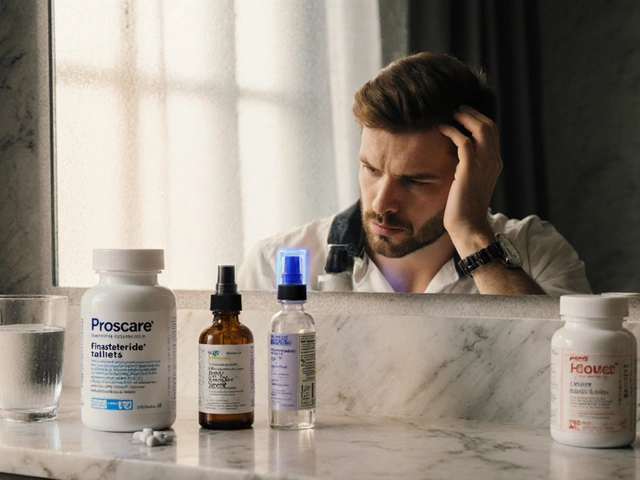Generic vs Brand Drugs: What Really Matters for Your Health
When you pick up a prescription, you might see two options: the familiar brand name or a cheaper generic. But are they the same? Generic drugs, copies of brand-name medications that contain the same active ingredient, dose, and intended effect. Also known as nonproprietary drugs, they’re not second-rate—they’re regulated to meet the same standards as the original. The FDA Orange Book, the official list that rates drug equivalence and substitution safety tells you which generics are approved to swap in for brand names. Look for an "AB" rating—it means the generic is bioequivalent and can be substituted without risk. But not all generics are created equal. Some get an "B" rating, which means there’s not enough data to confirm they’re interchangeable. That’s where things get tricky.
Not every drug needs to be a brand-name only. For high-blood pressure pills or antibiotics, generics work just fine. But for drugs with a narrow therapeutic index (NTI), medications where tiny changes in blood levels can cause serious harm or treatment failure, like warfarin, levothyroxine, or certain seizure meds, even small differences in how a generic is absorbed can be dangerous. That’s why doctors and pharmacists monitor these closely. If you’re on one of these, switching generics without testing your blood levels can put you at risk. And if your generic suddenly stops working—like your seizures return or your INR spikes—it’s not "all in your head." It could be a problem with the formulation.
Brand-name drugs aren’t better because they’re branded. They’re often more expensive because of marketing, patents, and profit margins. But sometimes, the difference isn’t about cost—it’s about consistency. Some people report side effects or reduced effectiveness after switching to a different generic manufacturer, even if both are labeled "AB-rated." Why? Because inactive ingredients like fillers or coatings can vary. For people with allergies, sensitivities, or digestive issues, that matters. Pharmacists are trained to flag these cases. If you’ve had a bad reaction after a switch, speak up. Your pharmacist can request the original brand or a specific generic maker.
What you’ll find below isn’t a list of opinions. It’s a collection of real cases: how a generic version of Wellbutrin caused mood swings in one person, why a switch from Tenovate to a cheaper steroid cream made eczema worse, and how patients on NTI drugs like warfarin need regular blood tests to stay safe. You’ll read about how the FDA assigns those codes, what pharmacists watch for, and which drugs you should never swap without checking first. This isn’t about choosing cheap over safe. It’s about knowing when the price tag hides a risk—and how to protect yourself.




